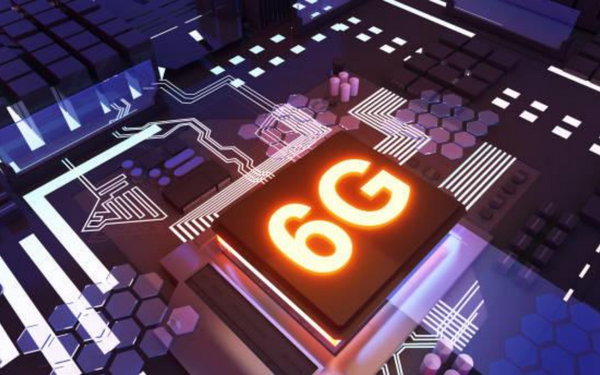According to a study conducted by a group of researchers at the University of Massachusetts Amherst, the human body has the potential to be a useful tool for harvesting waste energy and using it to power devices in the future, including those used for 6G, the next generation of wireless communication. Each person’s body may function as an antenna to increase the overall network’s range.
The human body may securely absorb enough electromagnetic energy or RF energy to power modest IoT devices and, in the future, operate as an antenna for 6G devices, according to research conducted by engineers at the University of Massachusetts Amherst.
People all around the world are only now beginning to reap the benefits of the widespread rollout of 5G wireless connection. The next 6G generation, however, promises data speeds up to a thousand times faster and a tenth the latency of 5G.
Its successor, 5G, is expected to usher in a new phase of the Internet of Things (IoT) era, with an even bigger number of gadgets and sensors coming online. In order to achieve the higher data speeds anticipated in 6G, researchers have been working on a technology called Visible Light Communication (VLC), which is essentially a wireless version of a fiber-optic network.
The name “Li-Fi” was used to describe a wireless technology called “Visible light communication” (VLC), which employs light generated by LEDs to enable networked, mobile, high-speed communication akin to Wi-Fi. It has dual-use potential, either as a replacement for more traditional forms of communication like radio frequency (RF) or cellular networks or as an additional layer on top of those systems. The method relies on rapidly turning LEDs on and off at a rate measured in nanoseconds.
The radio frequency spectrum is limited in comparison to the visible light spectrum, which is 10,000 times broader. In order to stay competitive, the industry has produced extremely high data transfer rates.
Although the signal is blocked by solid objects like walls, indirect light paths are sufficient. The signal cannot be transmitted until the LED lights are on, however they may be dimmed very low. When compared to Wi-Fi, VLC has the benefit of not causing electromagnetic interference during transmission.
VLC works similarly to radio broadcasts in terms of data transport, with the distinction that it use light from LEDs rather than radio waves (LEDs). According to UMass Amherst professor of information and computer sciences Jie Xiong, in a VLC array, a single LED may be turned on and off one million times per second.
Since LED lighting is utilised in all of our buildings, companies, streets, and automobiles, the necessary infrastructure has already been put in place to fully deploy this technology. The technique may be enabled and received by any device having a camera, including laptops, tablets, and smartphones.
These LEDs also leak energy in the form of radio frequency (RF) or radio waves through a side channel, which may be used to power VLC gadgets.
Xiong and his coworkers endeavoured to develop an antenna capable of picking up this emitted energy. Their antenna design relied on coils of copper wire for energy collection, and these coils were subsequently tested. No matter how thick the coil was or how many times the copper wire was twisted, the researchers found that the antenna’s ability to receive energy improved when it was attached to another item.
In order to determine how much energy could be captured, the antenna was placed in touch with a variety of materials, including wood and steel, as well as other items, like walls, tablets, phones, and laptops. The research group discovered that energy collection was greatest when the coil was in contact with a human body, albeit it still increased with electrical devices.
Researchers tested the antenna’s energy harvesting potential by keeping it in touch with a variety of items, including wood, steel, walls, tablets, phones, and even laptops. The research group discovered that energy collection was greatest when the coil was in contact with a human body, albeit it still increased with electrical devices.

Subtly charming pop culture geek. Amateur analyst. Freelance tv buff. Coffee lover
